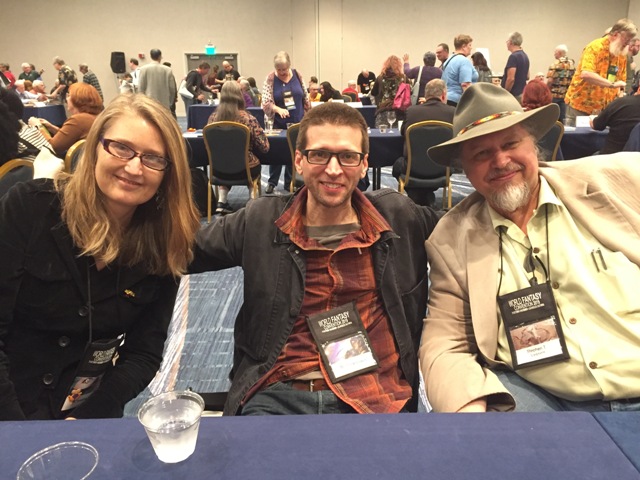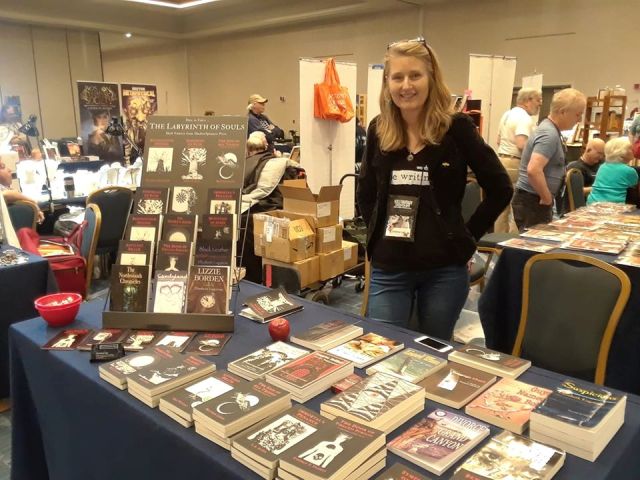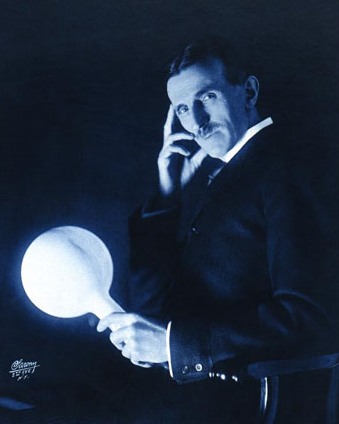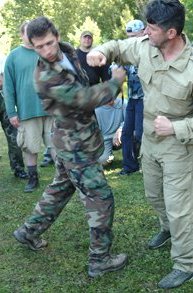 That Which is Before You is available now as print book or a Kindle ebook, published by Empty Press Additional ebook formats will come online soon.
That Which is Before You is available now as print book or a Kindle ebook, published by Empty Press Additional ebook formats will come online soon.
This book is a testimonial of a profound spiritual awakening, which suddenly and completely changed my life and perception of reality. In addition to an account of what happened to me, the book includes insights, teachings, and guidance for spiritual practice.
Although I have been a writer for many years, until recently I mainly wrote fantasy, horror, and science fiction. I never would have expected to write a book like this, but here it is. I hope it brings people whatever measure of peace they are ready to handle. For I can tell you plainly that there is no shortage of peace for those who truly seek it.
If you are already on a spiritual path or just curious, you will surely find this work of interest. If you are skeptic — like I was — I encourage you to consider this account. This book comes from a place of clear insight. It doesn’t avoid difficult questions, and it doesn’t hold anything back.
“This is a deadly serious book, direct and to the point. If you read it, follow the instructions, and the time is ripe, it will kill your false sense of self and reveal That Which You Truly Are!”
— Joel Morwood, Author of The Way of Selflessness
“Matthew Lowes articulates spiritual awakening as only a skilled writer can, and in so doing, provides a map for others to follow. This is an important book.”
— Liz Cratty, MAAT, Theologian and Author
“Like a gut punch to your consciousness and beliefs about the nature of reality. Sometimes your delusions need to be knocked out of you. It can hurt and be scary, but there’s a clarity that’s impossible to deny.”
— Kaizen Taki, Founder of Movement Daily


















